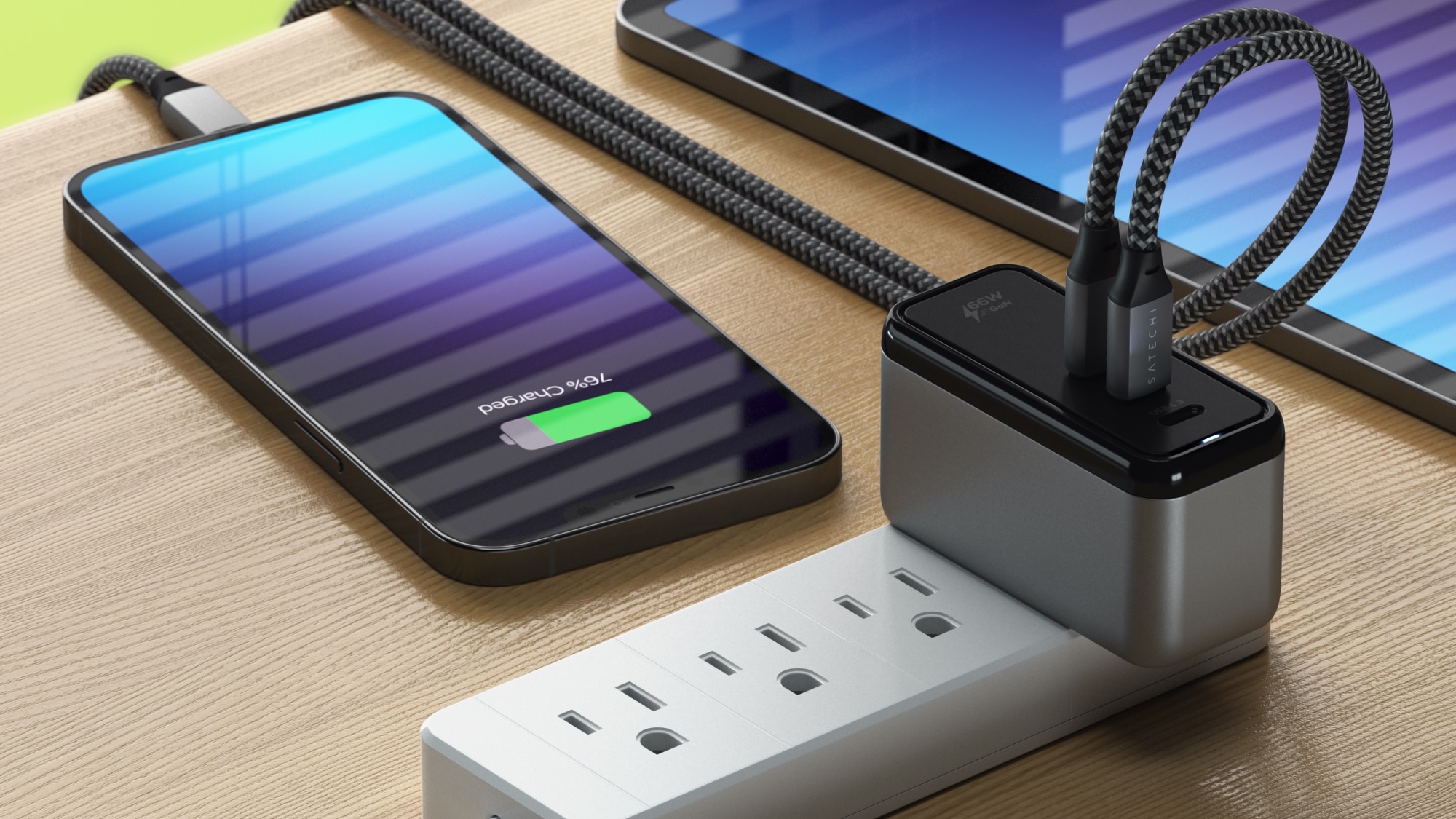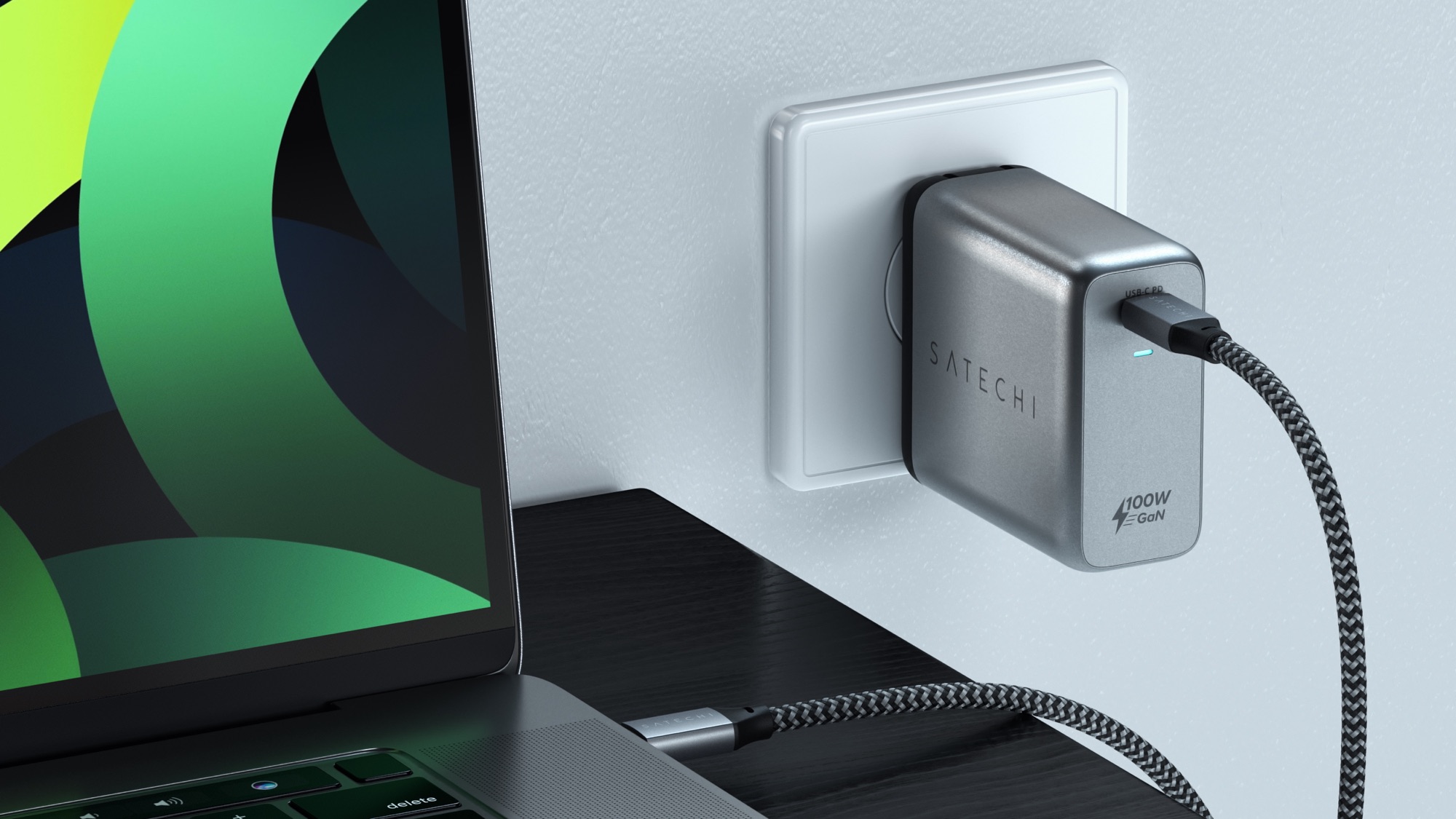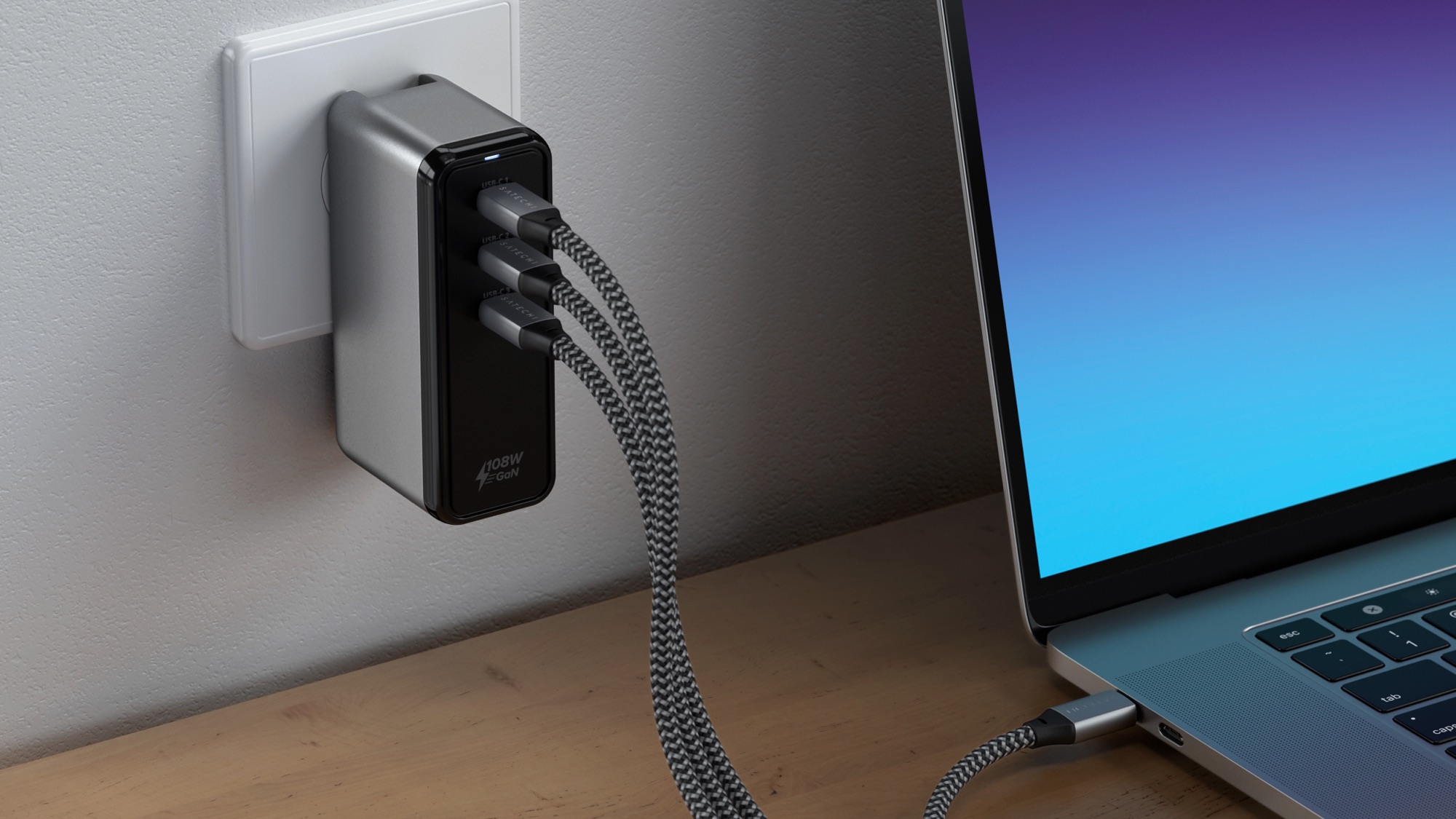
Satechi, known for its line of accessories designed for Apple devices, today announced the launch of a trio of USB-C chargers that are designed for use with iPads, Macs, iPhones, and more.
The 66W 3-Port USB-C GaN Wall Charger is priced at $54.99, has a foldable plug, and offers three USB-C ports with output combinations of 65W, 30W/30W, 45W/20W, 30W/18W/18W, adding up to 66W total. This model is designed to charge a MacBook Air while also fast charging an iPhone and charging up an iPad at full speed.

Satechi's 100W USB-C PD Wall Charger, priced at $69.99, has a single USB-C port that's able to charge at up to 100W, as the name suggests.

The 108W 3-Port USB-C GaN Wall Charger also features three ports to work with, but it supports higher watt devices. It can charge with a single port at 100W, or in the following combinations: 60W/45W, 88W/20W, 45W/30W/30W, 58W/30W/20W, or 65W/20W/20W. It's available for $74.99. The 108W charger can charge a 13-inch MacBook Pro, an iPhone, and an iPad at the same time, and it's high-powered enough to work with the 15-inch MacBook Pro models.

All three of the new chargers feature Gallium Nitride or GaN technology, which is designed to keep them small and compact. Satechi says they're all also CE certified and will charge devices safely and efficiently.
The three new chargers can be purchased from the Satechi website or from Amazon.com. Customers can get a 15 percent discount from July 22 to July 31 with promo code GANFAST15.
Article Link: Satechi Launches Trio of New GaN USB-C Wall Chargers
As an Amazon Associate, MacRumors earns a commission from qualifying purchases made through links in this post.




